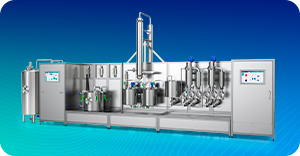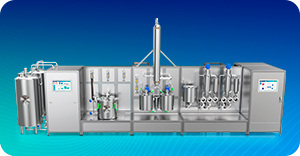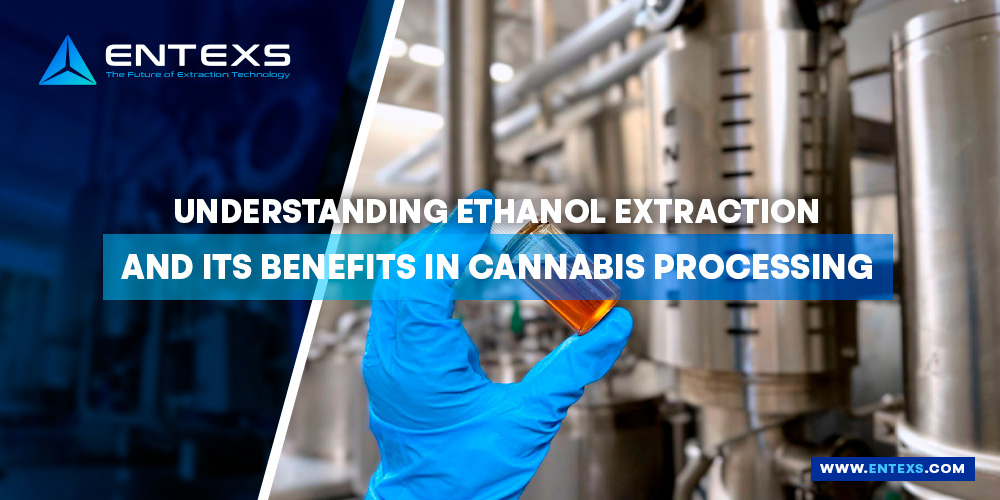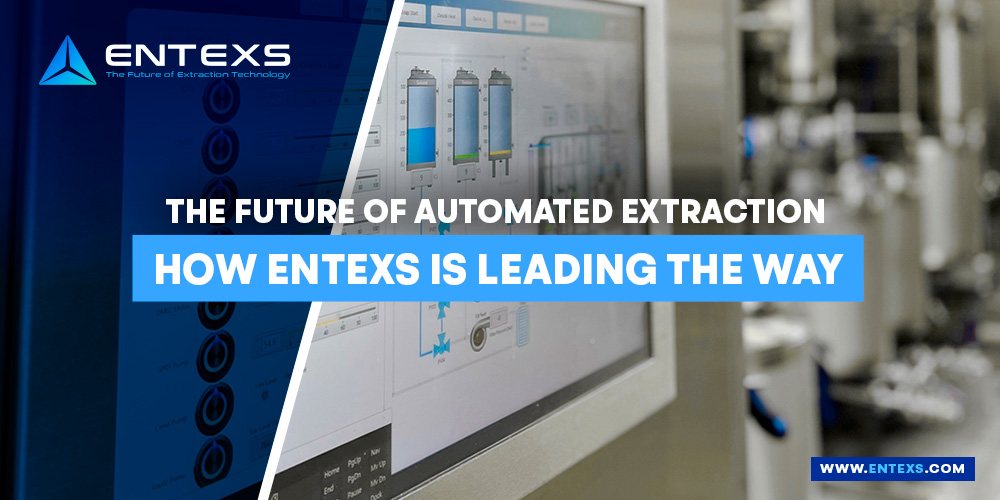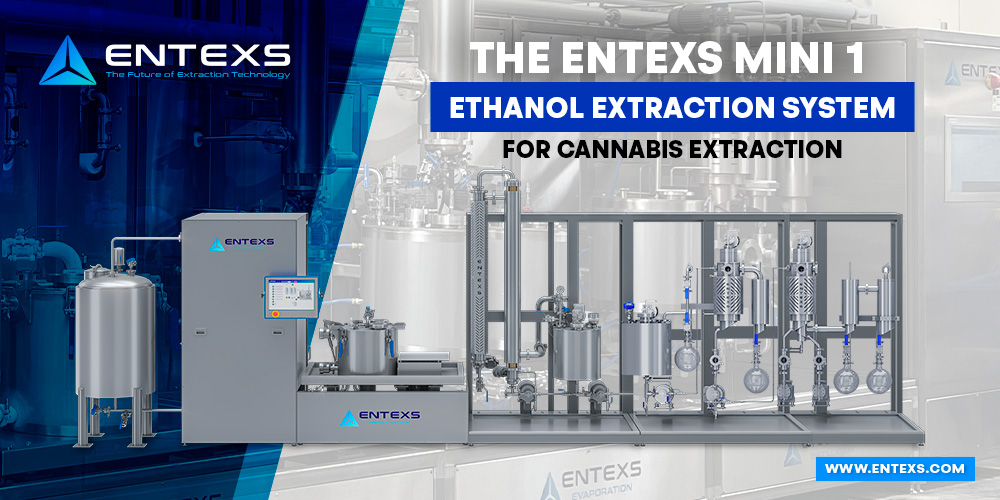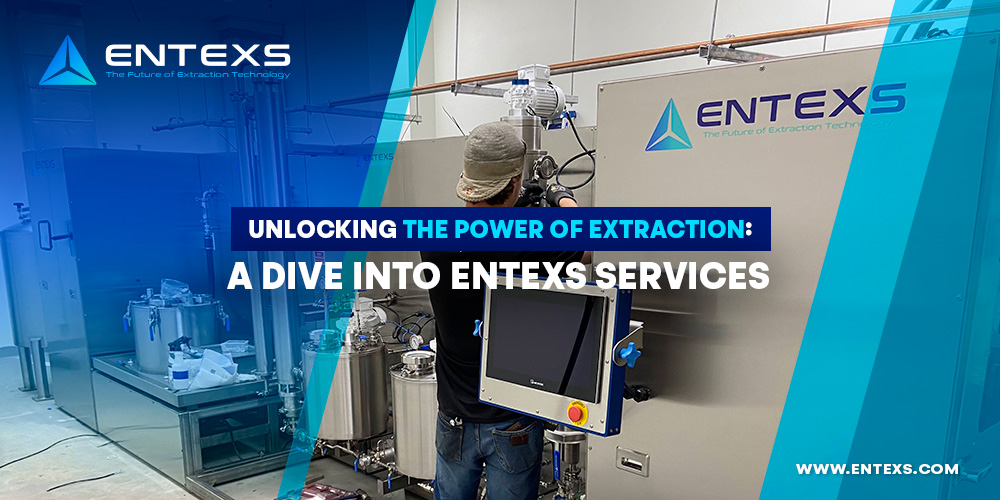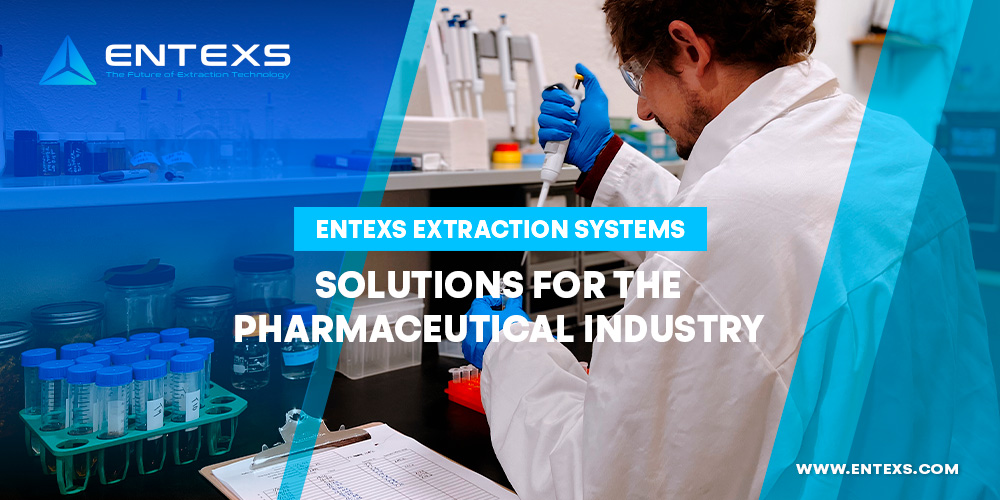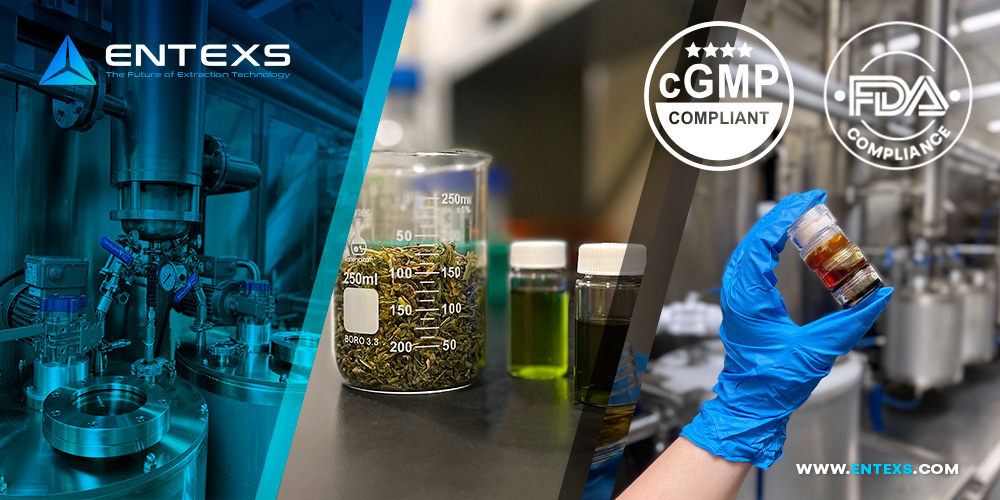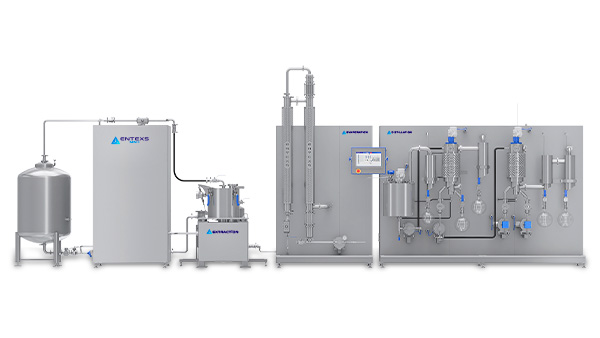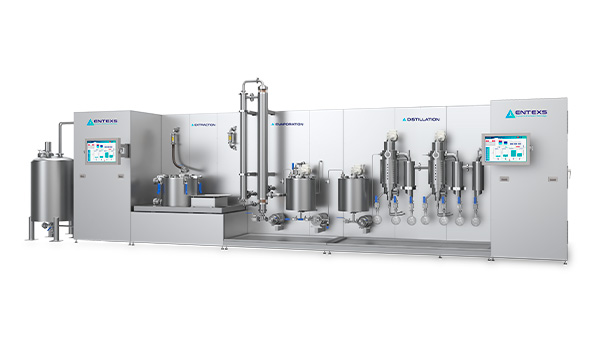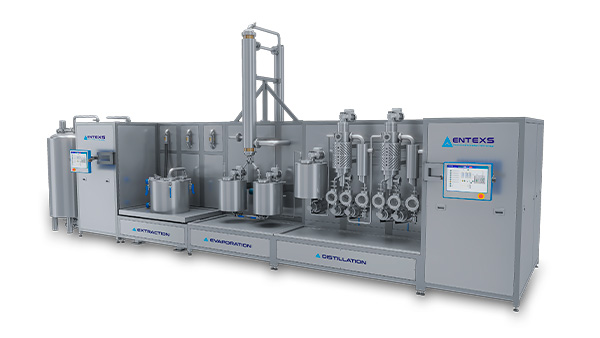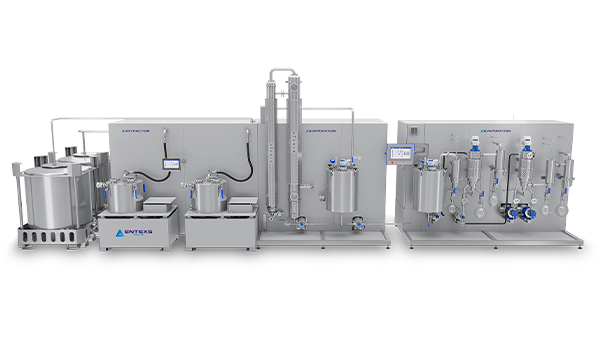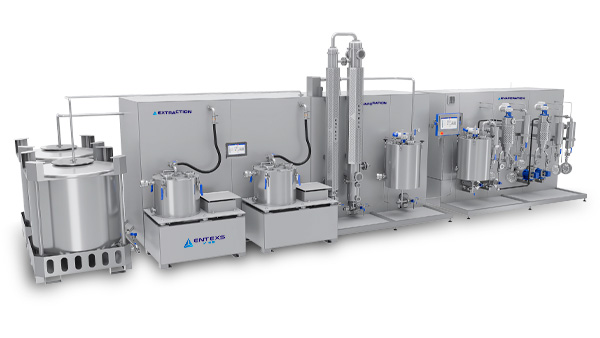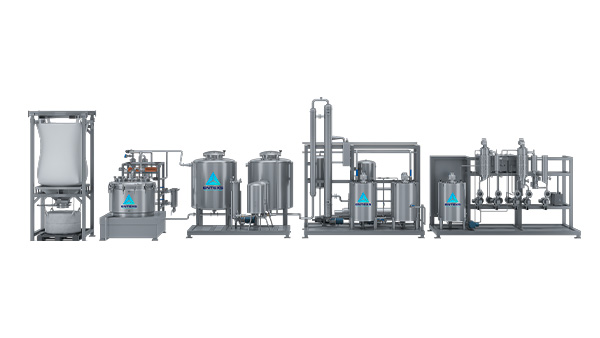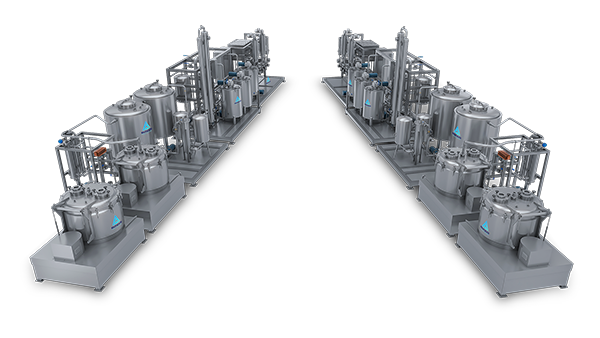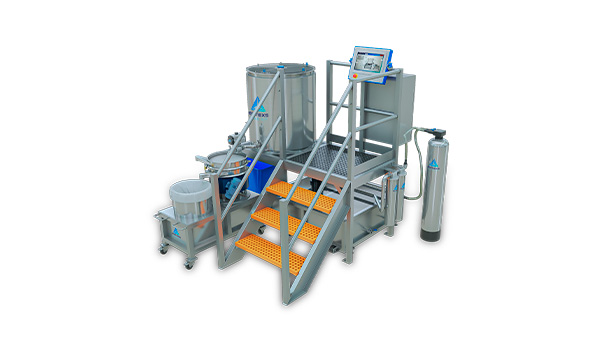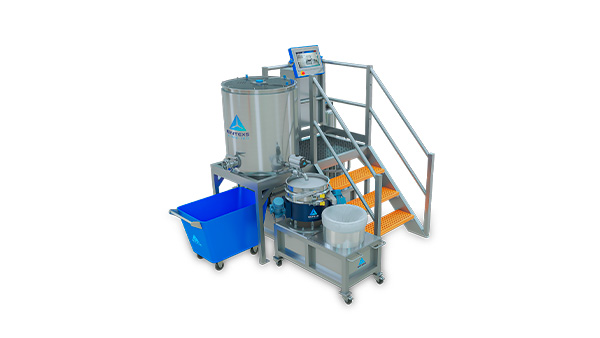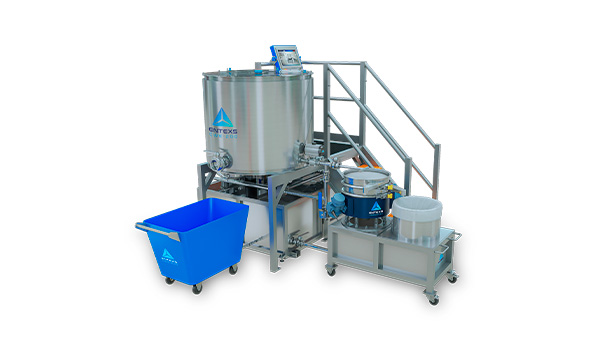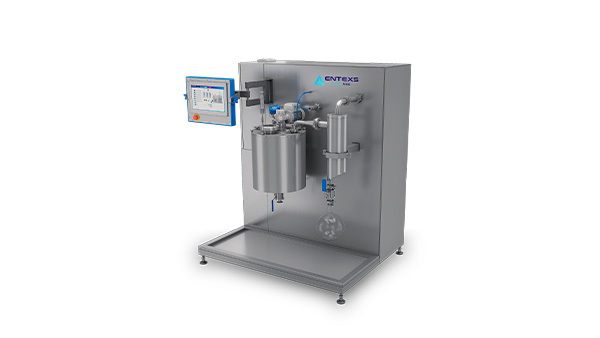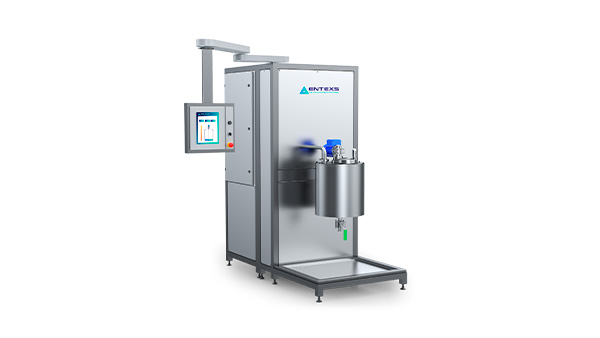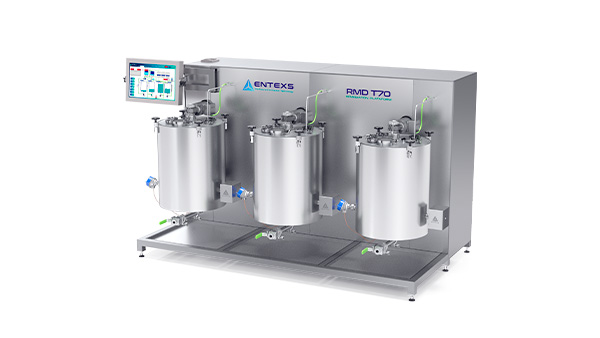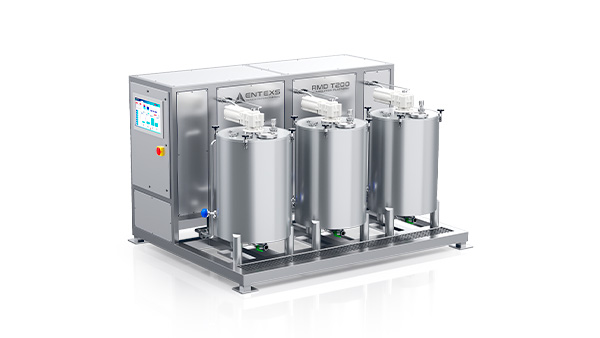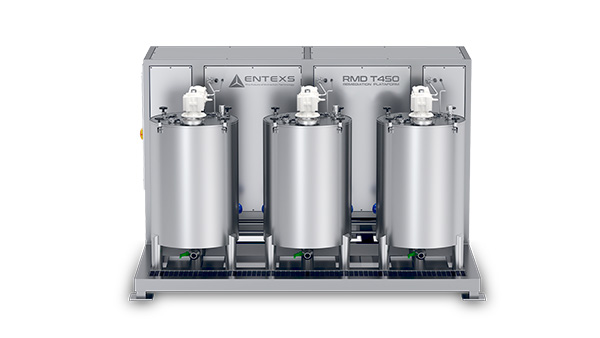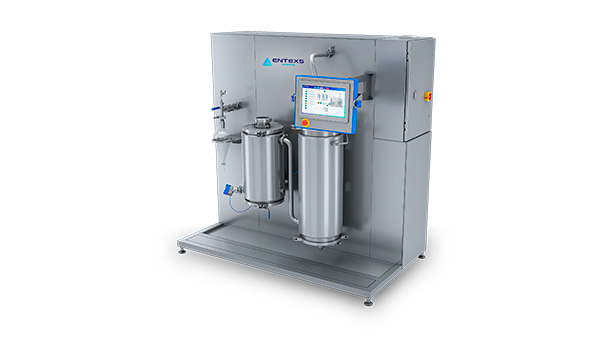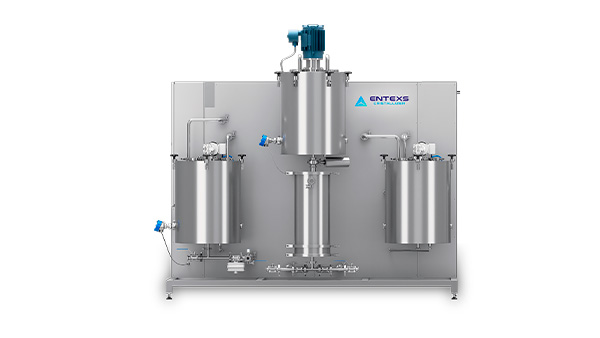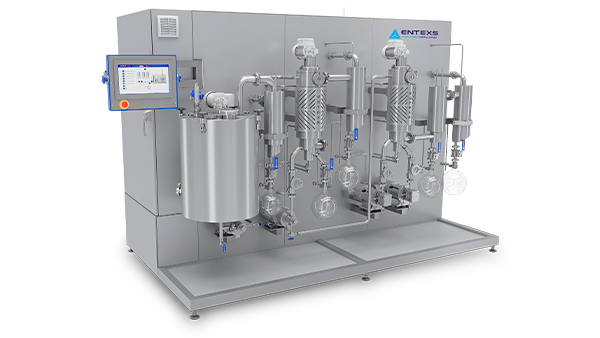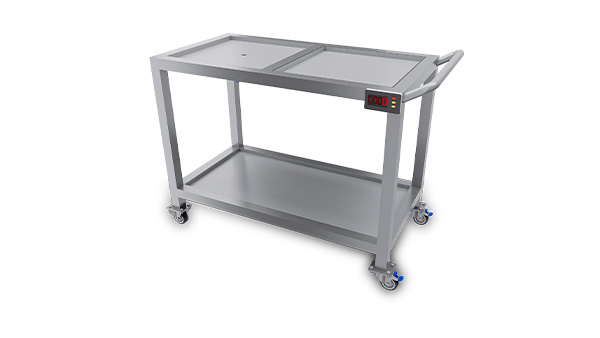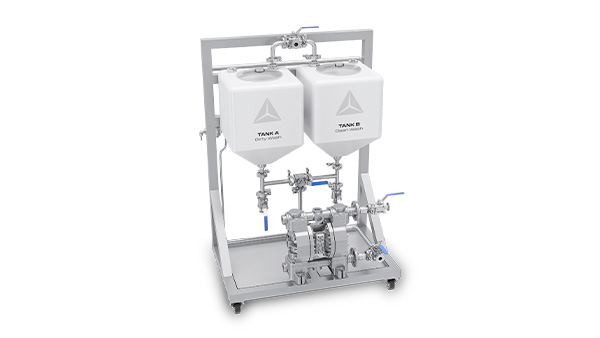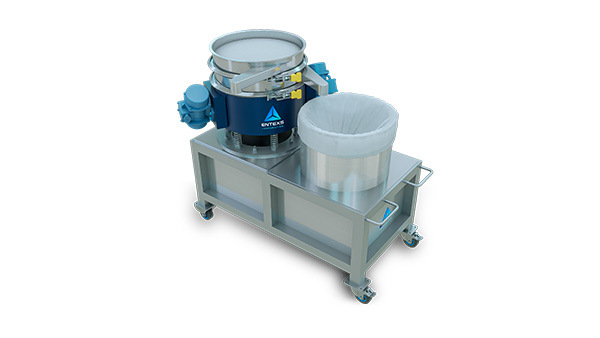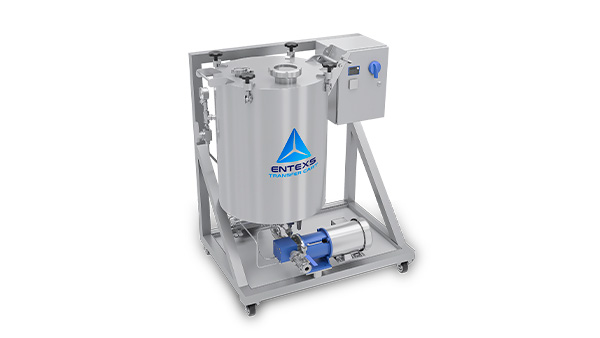Extraction 101: How Does Tincture Move to Crude?
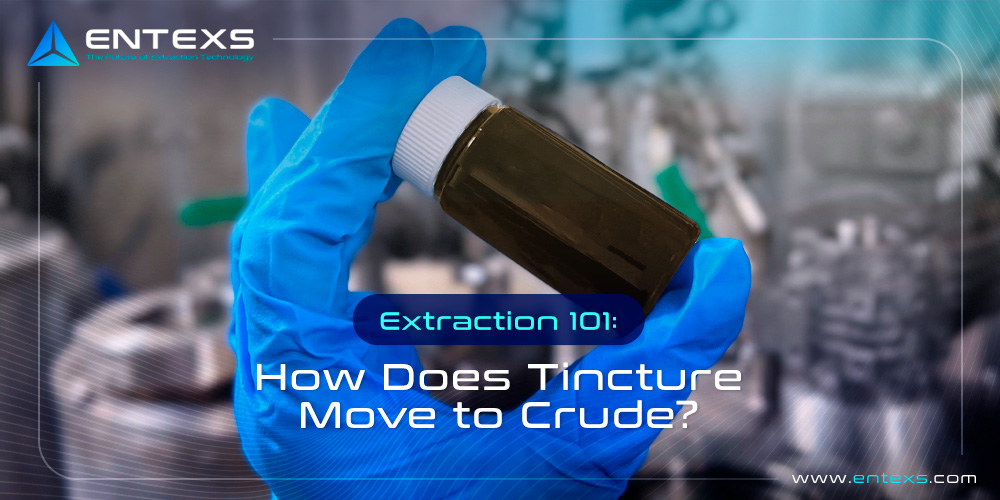
When the last guide in the series left off, raw cannabis had been extracted and mixed with ethanol to form a mixture that could be used to make tincture. What if you want to go further? This guide will explore the next step in the extraction process, crude oil. Crude oil isn’t as dirty as it sounds—taking its name from unrefined petroleum—but the comparison is clear, since it’s the next step before further refining for other cannabis products.
What is Crude Oil?
Crude oil is a mix of cannabinoids, terpenes, flavonoids, and any other remaining plant material following extraction and the removal of the last ethanol solvent. It’s a thick dark amber resin packed with a high concentration of cannabinoids. In fact, high-quality crude oil is almost entirely made up of cannabinoids.
Crude oil is the first true extract produced through the extraction process. Unlike the tincture mixture, it contains only extracted cannabis material. Now, depending on the extraction method and system, the crude oil may be a usable concentrate or require additional refinement. Either way, further refinement is possible to create even more concentrated products.
The winterization process is bypassed in extraction systems like the ENTEXS MINI line, thanks to the ultra-cold ethanol used during extraction. Winterization removes undesirable plant materials like fats and chlorophyll. In systems that don’t bypass winterization, crude oil still has these materials in it. That crude must undergo a separate winterization process.
How is Crude Oil Made?
Crude oil starts out as tincture, outlined in the last segment of our 101 Series, comprised of the extracted plant material and the ethanol solvent that pulled it out of the hemp material. In order to remove the ethanol, the mixture is put through a dry cycle which will pull out the remaining ethanol and collect it for future use. The remaining mixture will consist mostly of the extracted cannabinoids.
Traditional extraction systems typically utilize falling film evaporators (FFE) or similar technology, resulting in evaporation under laminar flow heat transfer. The result is a concentrated solvent and oil mixture that requires post-processing to remove residual solvents for consumer use or post-processing to distillate or other product streams. This requires manual product transfer (typically to a rotary evaporator) where loss can occur and increases processing time, affecting throughput efficiency.
Heat is then applied to decarboxylate the cannabinoids and evaporate the final traces of ethanol from the mixture. Decarboxylation is the process of heating cannabinoids in their acid form, like CBDA and THCA, to break the chemical bonds that make them acids, creating CBD and THC. When someone smokes cannabis, the act of burning the cannabis accomplishes this.
ENTEXS evaporation technology utilizes a combination of rising film evaporators (RFE) and large surface area wiped film evaporators (WFE) to control oil quality and output consistency. Performed under vacuum to ensure that as much of the ethanol as possible is collected, the process re-carboxylates the extracted CBD back to CBDA. It collects any ethanol evaporated along the way. This fully automated, closed-loop approach to oil production maximizes efficiency and eliminates the need for post-processing without the need for rotovaping.
What’s left is crude oil, which can be further refined or remediated to make more concentrated products with higher purity. The next stage in the refinement process is distillation, which has some in common with the distillation of alcohol.
What Can You Do with Crude Oil?
This answer depends on what type of crude oil you have. Assuming winterization is not needed or completed, there are two basic options:
First, you can use the crude as resin. If you’re making a marijuana product, you don’t need remediation. However, if you’re making a hemp product, the crude will contain a lot more than the 0.3% THC concentration allowed by federal law. Because of this, you’ll need to perform THC remediation.
The THC remediation process specifically targets and removes THC from the crude oil. There are a range of methods and systems this can be achieved. The ENTEXS RMD-T Series of remediation machines can remove THC down to undetectable levels with minimal CBD loss.
The other option for your crude oil is distillation. Distillation specifically targets the cannabinoids that you want to collect and pulls them from the rest of the mixture. The result is a high-purity mix of either the full-spectrum of cannabinoids from the plant or a broad-spectrum of most of the cannabinoids from the plant. Either way, these distillates are highly versatile and can be used to make a range of products infused with CBD. Next week’s article will cover distillation in-depth, along with the products that can be produced with CBD distillate.
Contact us for more information
Contact our sales team for more information on custom CBD extraction systems, state-of-the-art THC remediation systems or preview our catalog of systems and modules available through our website.
Related Topics
- Analysis
- Cannabis Industry
- CBC Extraction
- CBD Extraction
- cbd isolate
- CBG Extraction
- cGMP
- Chromatography
- CO2
- Cold Water Extraction
- Ethanol Extraction
- Extraction 101
- Extraction Equipment
- Extraction Machine
- Extraction System
- GMP
- GMP Certification
- Hemp Extraction
- HPLC
- inline remediation
- Remediation
- Remediation Equipment
- Terpene Extraction
- terpenes
- THC
- THC Remediation
- All
- Extraction
- THC Remediation
- All
- Extraction
- THC Remediation
- Email: info @ entexs.com
- Toll Free: (888) 960-3689
- 3720 Trade Way, Cameron Park, CA 95682, USA
- ENTEXS is proud to be made in the USA
- © 2025 ENTEXS Corporation
- Privacy Policy
